We may earn money or products from the companies mentioned in this post. This means if you click on the link and purchase the item, I will receive a small commission at no extra cost to you ... you're just helping re-supply our family's travel fund.

Christmas 2025 is shaping up to be a holiday marked by striking contrasts across the United States. Long-range guidance from the Old Farmer’s Almanac suggests a season that leans slightly milder in many areas, yet still has the potential for sharp cold snaps and fast-moving storms. Snow-prone states in the north stand in clear contrast with calmer, drier stretches across much of the South. Families, travelers, and hosts all share the challenge of navigating a forecast that feels like a snow globe in one region and sunglasses weather in another.
Northeast
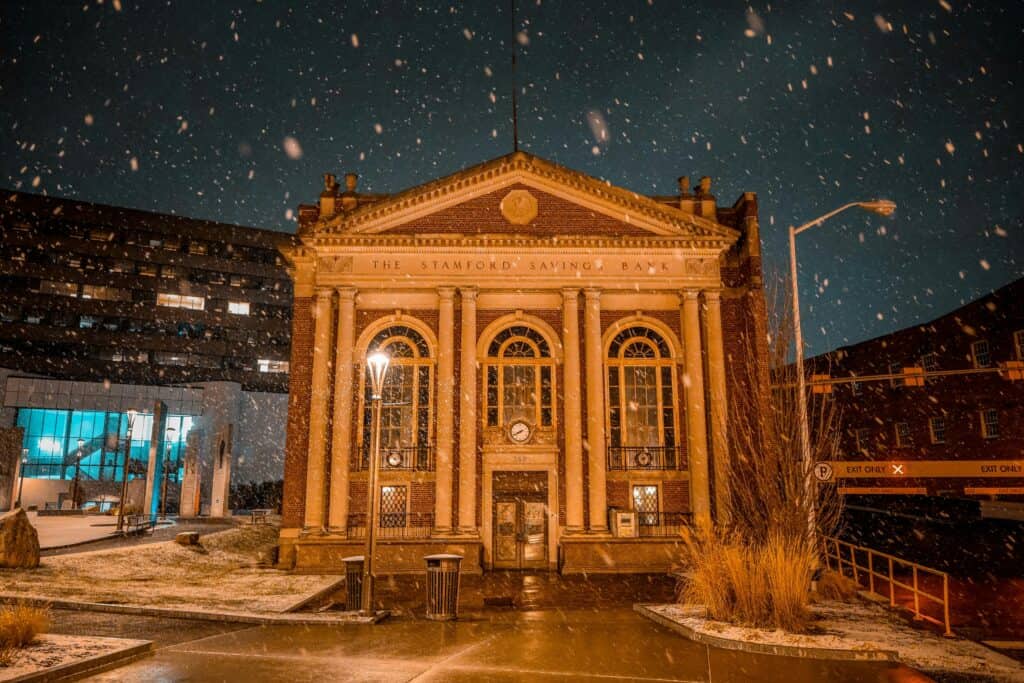
The Northeast is one of the few regions with a strong chance of waking up to fresh snow on Christmas morning. Cold air and frequent disturbances favor snowfall over rain, giving cities, hill towns, and coastal villages a bright holiday glow. That same charm can complicate Christmas Eve travel, with slick roads and sudden accumulations slowing plans. Winter usually arrives early here, and it rarely steps aside once December settles in.
Eastern Ohio Valley
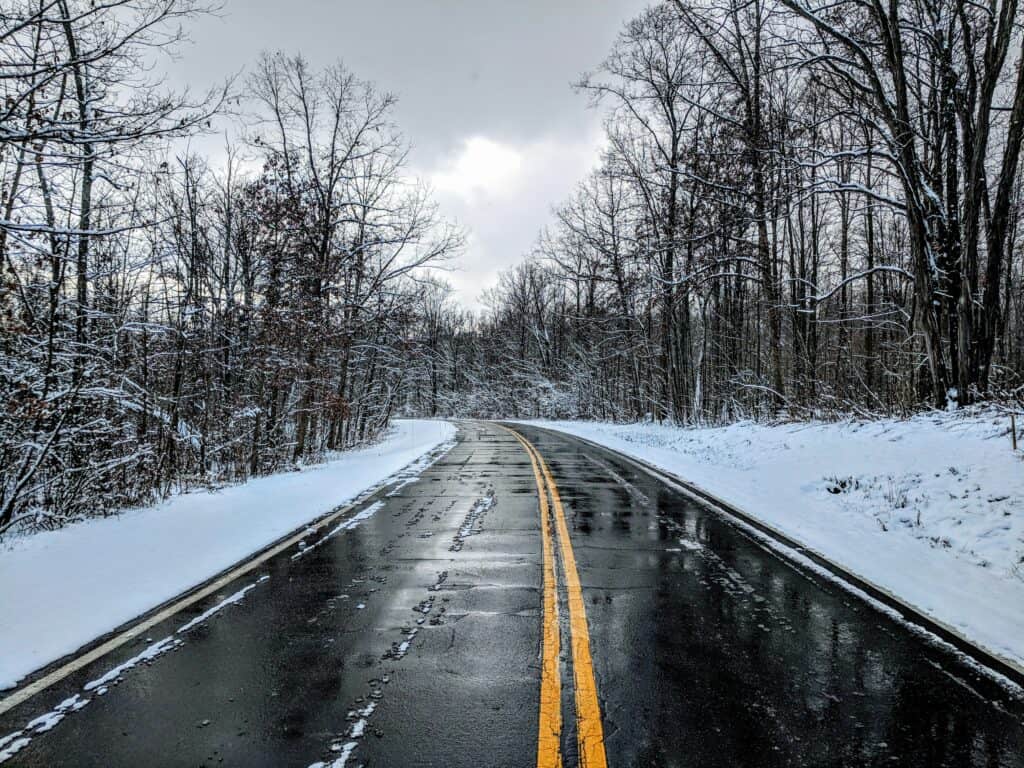
The eastern Ohio Valley sits in a zone where temperatures often hover near freezing. Snow is possible, yet systems can slip between wet flakes and cold rain with little warning. River towns and gentle hills may see slushy streets or small windows of clear sky between fronts. The mix feels seasonally right but requires careful timing for holiday travel. A smartly chosen departure can turn a stressful ride into a smooth one.
Pacific Northwest

The Pacific Northwest expects an active pattern built around steady storm tracks. Coastal cities and inland valleys may face chilly rain, thick clouds, and gusty winds, while higher elevations take on fresh layers of snow. The region’s varied terrain often produces sharp contrasts within short distances. Lowlands sit under gray skies while mountain passes deal with rapid changes in visibility and road conditions.
Alaska
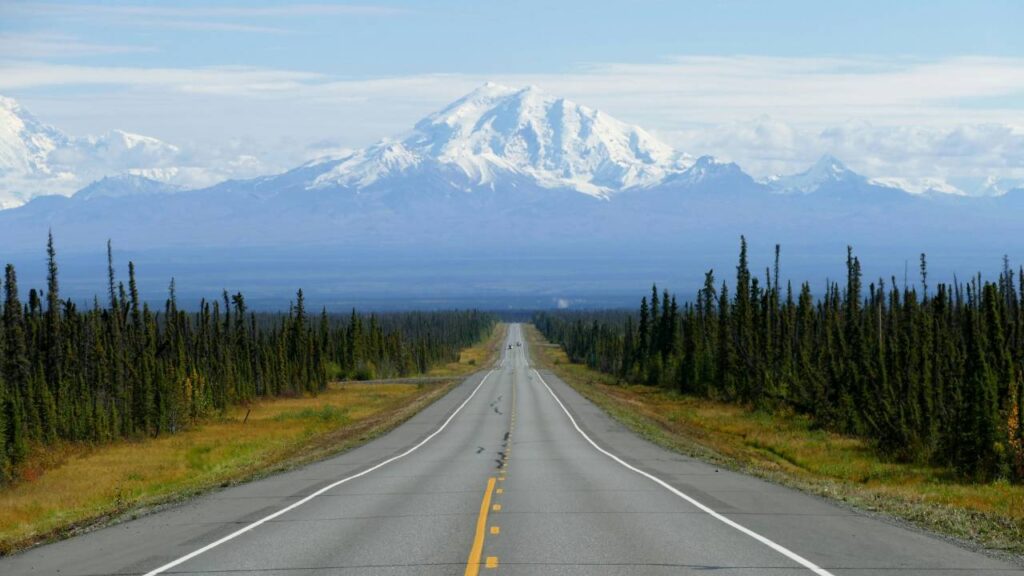
Alaska leans into a powerful winter setup for Christmas week. Coastal areas may face bouts of snow, sleet, and strong wind, reshaping shorelines overnight. Interior regions remain colder, so even lighter events add to deep, persistent snow cover. The atmosphere carries that familiar northern heaviness, with short daylight hours and the potential for sudden drops in temperature after storms move through.
Intermountain West
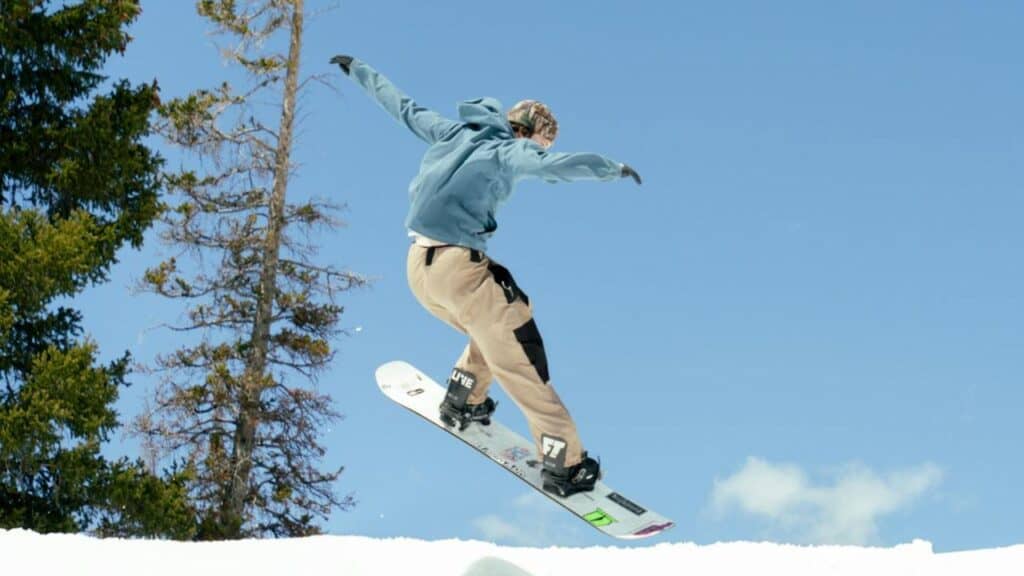
The Intermountain West brings a mix shaped by elevation and timing. Ski regions across Utah, Colorado, and Wyoming have a strong chance of recent or fresh snow. Valley cities can swing between unsettled skies and surprisingly calm, sunlit December afternoons. It is a part of the country where a short drive can deliver a complete shift from bright cold air to full snow cover.
High Plains

The High Plains sit near the boundary where Christmas storms can strengthen or drift away. This leads to wide variability. One community may see blowing snow while another only feels cold rain or drifting flurries. The region’s broad horizons make incoming weather easy to spot, yet timing remains uncertain. A late Christmas Eve front can turn quiet prairies into a brief whiteout and then clear again within hours.
Southern States
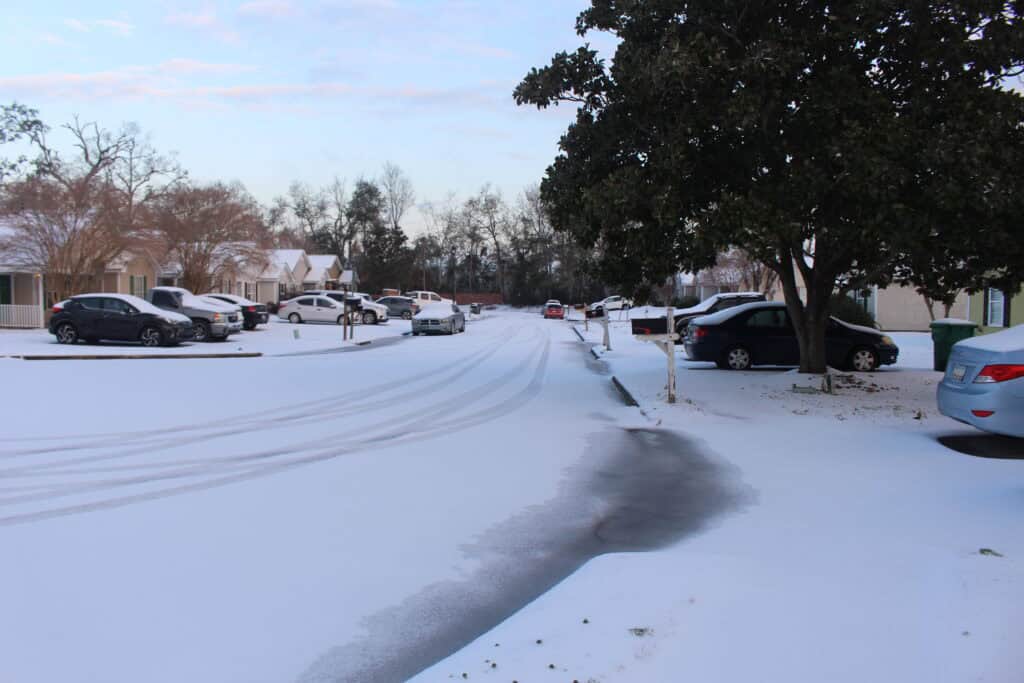
Southern states including Texas and much of the Gulf region show a tendency toward calmer and milder conditions. Cool air arrives but widespread winter weather is unlikely. Rain tends to be light or scattered, keeping roads and airports in better shape than northern regions. Families gathering here can expect crisp evenings, gentle days, and relatively stable travel windows.
Florida And Gulf Coast
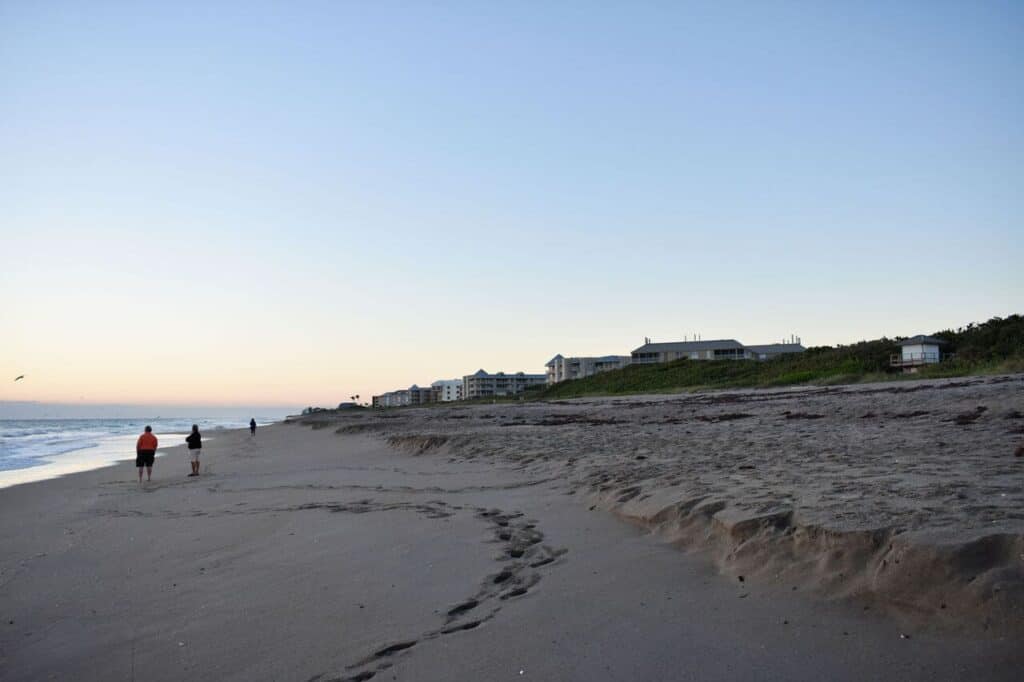
Florida and the Gulf Coast present one of the most dependable warm pockets of the season. Holiday mornings often start with mild breezes and soft humidity rather than ice or sleet. Coastal cities lean toward dry, pleasant stretches that feel more like late fall than deep winter. Visitors arriving from colder climates are likely to feel the contrast immediately.
Reading The Forecast With Perspective
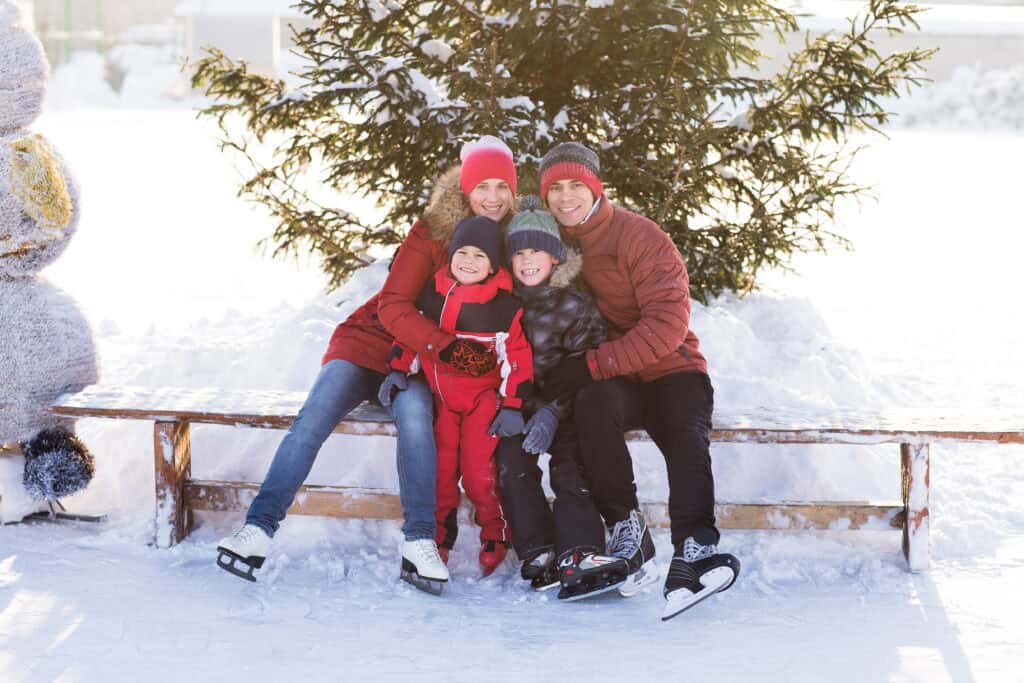
Long-range predictions never capture every detail, yet the Old Farmer’s Almanac offers a helpful outline. Snow-leaning conditions dominate northern regions while the West deals with elevation-driven contrasts and shifting storm energy. Much of the South tilts toward warm, steady weather that eases travel. As Christmas approaches, local forecasts will fill in the finer notes. What remains certain is the mix of winter drama and gentle calm that will shape gatherings across the country.